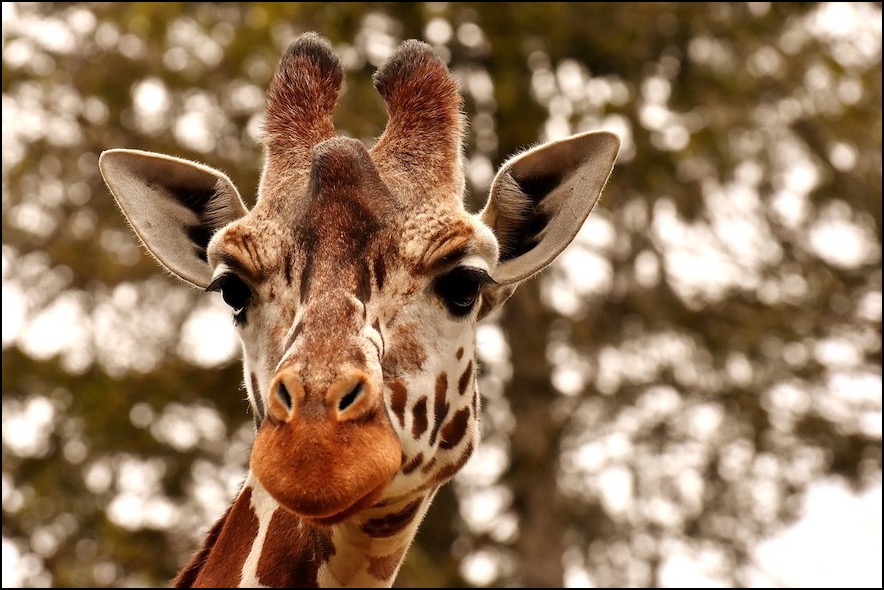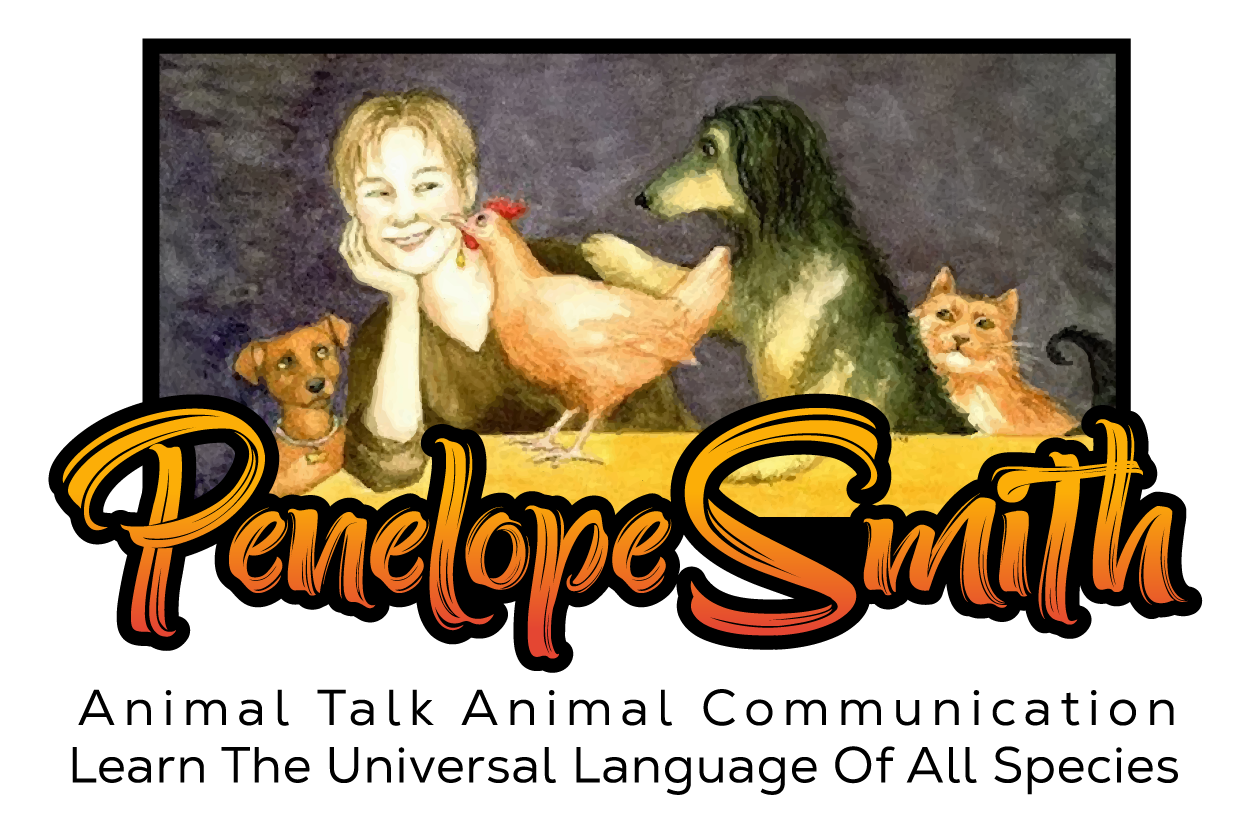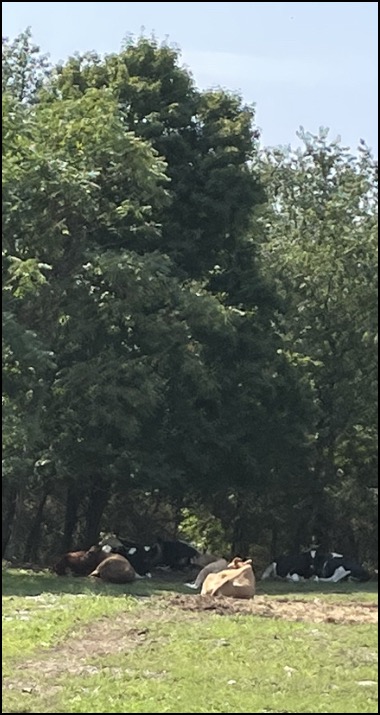Herd Perspectives on Global Health
January 08, 2024 Filed in:
Animal Ecological MessagesPart of a series of communications received by people from other species and life forms on how we can help restore the health of our planet.
Marcia Barclay
I communicated with a herd of giraffes, specifically an elder female.

Giraffes Communicate about Current Conditions
The sun's intensity feels stronger lately, but this could be due to less moisture and drier grasses, trees, and shrubs. There's still enough to eat, but food is scarce at times. This scarcity can be a problem for the younger ones, whose necks aren't yet long enough to reach the higher branches, and there's more competition for the low-growing plants. The cycles of the heat and the dry times are stretching out, and there is more wasting of bodies and less thriving. Sometimes, we are thirsty or hungry; fortunately, we can cover a lot of territory with our long legs. We see other animals suffering much more than us.
The elders are aware of these changes, and we feel them deep in our core, this extension of the hard times. The humans, this small but powerful species, seem to have little understanding of the earth's rhythms. The Earth could heal itself if left alone, but humans don't seem to understand that and seem ignorant about it, confounding us.
What is your role in Nature, and what might we do to help the Earth?
We, the giraffes, have an vital role in the ecosystem. We help connect the energy of the Earth with the upper reaches of the space above, the treetops, and beyond. While we eat leaves off taller trees, we're also bringing the treetops extra energy from the Earth to help them maintain and grow after we eat. So our dining on trees is an energy cycle, and of course, there is also the physical cycle of food/poop/fertilizer.
We are hounded and killed by humans for no good reason. We have difficulty understanding the human psyche. Live and let live is our creed, as we are generally peaceful beings. The wild animals have great difficulty understanding humans and their desires to kill indiscriminately. While there are many kind, caring, and respectful humans, there are many more who are not. We are angry that some take our lives for no good reason. If more humans could experience life as we and other wild animals do, being one with Nature and living in harmony, we could achieve balance on the planet.
The Earth tries to cleanse itself, but this is becoming overwhelming. From deep in the seas to the air above, we sense contaminants. The fabric of Earth and those who live on and in her is changing, and not for the better. We don't yet know which way the scale will tip. However, change can evolve in many ways, and we, for the most part, at this moment remain hopeful.
Giraffe Advice
Touch the earth softly, take only what's needed, appreciate what you receive, take joy in that moment of being, and let your heart be opened and your senses filled.
A Meditation from the Giraffes
Touch the Earth
Touch your heart
Touch the sky.
Breathe it all into your entire being.
Rejoice in the moment.
Daniela Amato
Conversing with cows living in a sanctuary, I received:
All species are aware of the give and take that is required for each species to survive. We accepted that we may die to feed another as this is the cycle of life. However, humans have stopped giving back and only take. They take on a scale larger than is supported or necessary. Not only do they take too much, they create structures to contain and abuse for the sole purpose of killing. No species agreed to that. There is so much waste from those killings, too. Humans are a wasteful group. They waste resources, land, and lives.
I asked what we can all do to improve:
Stop being wasteful. Close the containment and killing facilities. Take only what is necessary to survive. Share resources. Stop polluting everything. This change is not going to happen anytime soon. But, if everyone starts somewhere, those little changes will add up to big ones. We (cows) are already doing our part. We help the strong ones escape. We discuss among ourselves which of us has the best chance of survival. We work together to help them. That is how we all ended up here, living free, living as was intended.
These cows remember their lost members, those who helped them to escape while knowing they would die themselves. They are grateful for their rescuer. By saving some of their lives, the cows bring awareness to this horrific problem contributing to the demise of our planet.
Some of the cows who have formed bonds resting in the shade at Skylands Animal Sanctuary
Tami Friday
I recently watched the documentary American Buffalo by Ken Burns on PBS. The documentary chronicles the conduct towards buffalo (also called bison) as people settled the West.
I asked the American Buffalo what they felt about the decimation of their population and being killed for their hides while the rest of their carcasses were unused and rotting.
They shared that they are teachers. They present themselves to people with the intention, as generous animals, to give of themselves and their multitudes by offering sustenance for others. They also come as teachers for those who do not take care and respect the creatures and lands of Earth. Through the transition of their great herds into near extinction, they wish to demonstrate to people to notice their impact.
They wish people to notice that their treatment of others can have a huge effect on the planet. Sometimes a message needs to be grand and widespread to be witnessed and seen, as in the buffalo.
The buffalo said: We’re honored to partake in this role with demonstrating and being a mirror to humans—to show all the destructive ways, so that you may ask yourselves, “Is this how I want to behave?” We offer to help teach people better ways of living.
Heather Flournoy
I received this from three horses that I meditate with and from deer that live nearby:
Humans can drop into the energy of the herds—a sensitivity and balancing exercise that can help with harmonizing and adaptation, especially with climate changes. The herds are right here, sharing the energetics. Humans have only to turn their perception to experience it. The herds share specific vibrations. Our (human) response to this energy can help us make sense of the rapid energies we are feeling stressed by. It will bring calm and restoration and the ability to react with power.
Some are feeling anxiety from increased mosquito, tick, and biting fly activity and their human carers not allowing them to be with herds, not acting with awareness of herds.
In communication with wild birds, I saw a different perception of time from rocks and trees. It was a spiral energy that moves at a pace of thousands of years. This energy is not concerned with the current changes. A new world order is underway. The birds observe it; some are happy to help humans perceive and re-orient.
Note from Penelope: Communications from different individuals of the same species can vary on any subject, just as with humans. Communication with the oversoul or leader of the species or group of animals tends to focus on the bigger picture and longer time frame rather than the experience of just one individual in a particular snapshot of time.
Animal communicators express communications they receive through their learned cultural expression and sometimes through their biases or narrow perceptions of their individual experience. Communicators well practiced in differentiating their own thoughts from animals and keeping their agendas from mixing with what they receive from the animal deliver clear messages.
Wise, experienced beings of any species tend to communicate what resonates as felt wisdom for many beings. Take what is helpful for you from these messages. May the responses inspired by them be beneficial for all.





